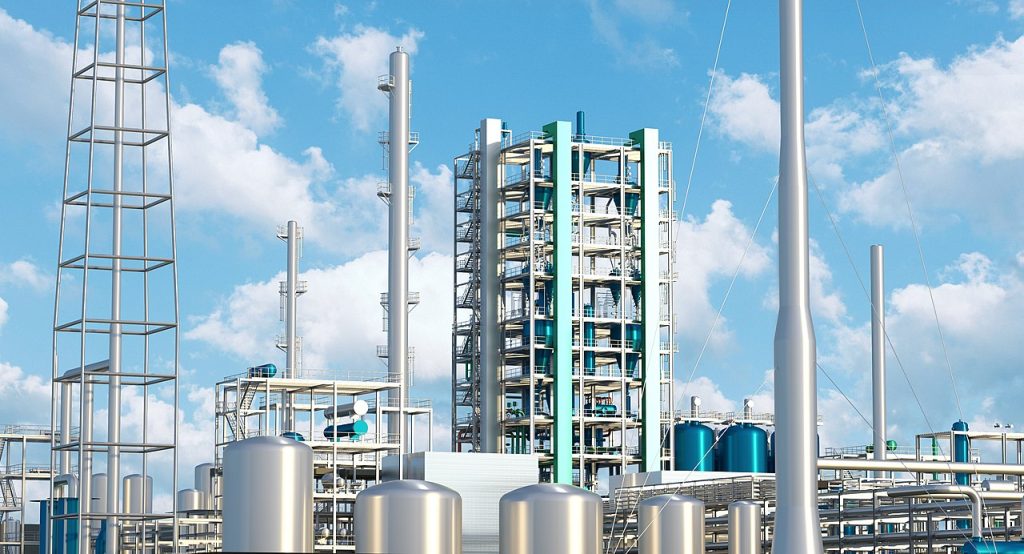incineration vs Gasification
Independent studies show high-temperature conversion of Waste, has a far superior net energy and clean Syngas production, compared to incineration.
Syn X Energy's patent-protected gasification process totally transforms almost all types of waste into valuable products. Single-site gasification of all waste types is possible without needing pre-sorting or shredding.
The comparison of gasification verses incineration underneath reveals the superior new technology in waste management that Syn X Energy gasification provides.
Aspect | Syn X Energy's Gasification | Incineration |
|---|---|---|
Emissions | No harmful air emissions during syngas production. All complex molecules destroyed to atomic levels and Syngas produced is fast cooled to ensures clean gas. | Air emissions can include high levels of greenhouse gasses (GHGs) and other air pollutants such as dioxins and furans because the heat is required for steam generation. |
Volume reduction | Feedstock reduction of 250:1 and production of inert slag that has commercial value. Slag is used for various industries – notably infrastructure. | 30% of solids remain as ash that is solid waste and potentially hazardous solid waste. Dumping costs inhibits “clean” status. |
Oxygen | In a partially oxygen-starved environment, forward reactions (Oxidation of Carbon atoms to Carbon Dioxide) and backward reactions (the reduction of Carbon Dioxide back to Carbon Monoxide) occur. | Additional air is added to the incinerator – yet smoke still remains as a consequence of incomplete combustion. |
Energy conversion process | Gasification of waste leads to Syngas and excess heat that can be recovered to produce useful energy. The Syngas is cleaned in order to produce valuable offtake products. Syngas can also be used to power Steam Turbines, Gas Turbines, etc | All energy is converted to heat. The heat can be converted to electricity via the normal Rankine process. Limits you to ONLY steam-based generation. This heat can be used for community heating needs in colder climates. |
Temperatures | 1650-2500⁰C | 500-850⁰C |


Well done. This will change the energy world!!
I read of something very similar many years ago in a magazine & could never find anything again on a system like this. I recall the article reported that the unit could take ALL waste bar nuclear, and it produced a viscous type brick product which could be used for building….
Reading here, it sounds like that is not the case? I recall also back in tbe atticle the cost was in the vicinity of $250 million …. what are the costs nowadays for such a sysyem….Are you US based?
I recall there was a gasification element and that the energy used to run it once set up was self generating and it’s exhaust was something skin to steam… via water. Id like to know more information about this tech.
Many thanks
Joanne Summerscales
Hi Joanne,
Thank you for your comment! Yes, large, modern gasification systems can process the majority of waste types whilst producing commercially viable products.
Regarding costs, the investment required for state-of-the-art gasification facilities can vary widely based on factors such as scale, technology, and location and these can be hundreds of millions of dollars; similar to the figure you recalled for comprehensive systems.
The initial setup costs might seem high, but they are offset by the long-term operational and environmental benefits and the revenue generated from the commercial outputs. Gasification plants such as ours are self-sustaining after setup, generating their own energy with no harmful emissions.
Please feel free to contact us via our contact form and include the details of any project opportunities you have in mind so that we can provide a more comprehensive answer about our particular gasification plants.
We appreciate your engagement with our content!
Regards,
Andre van der Merwe
CIO, Syn X Energy Pty Ltd